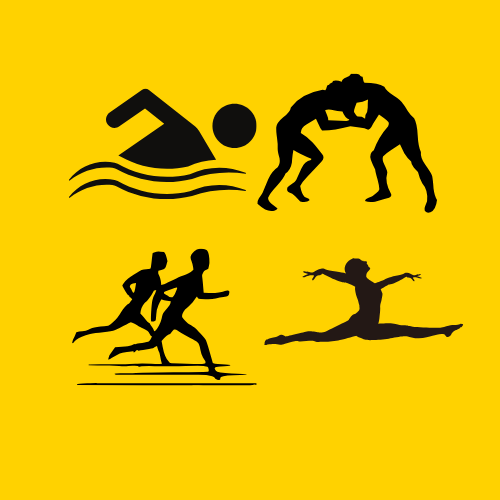
The Importance of Breathing Technique in Swimming
Breathing may seem like an automatic process, but for swimmers, it's a vital skill that can make or break performance in the water. Proper breathing techniques significantly influence speed, endurance, and overall swimming efficiency. Many swimmers, from novices to seasoned athletes, unknowingly sabotage their potential by making critical mistakes in their breathing methods.
In '5 BREATHING Mistakes Making You SLOWER (and how to fix them!),' the video discusses crucial breathing errors swimmers often face, prompting us to explore these insights further.
1. Understanding Body Position for Effective Breathing
One of the fundamental mistakes swimmers make is maintaining improper body and head positions while breathing. In the dense environment of water, a swimmer's drag coefficient is greatly affected by how they align their body. To maximize speed, aligning the head and body can significantly streamline movement. During freestyle swimming, the ideal position involves keeping your eyes focused downward—towards the pool or ocean floor—which naturally facilitates a smooth head rotation for inhalation.
When you position your head with one eye and one ear submerged, you create a pocket of air that allows for easier breathing without losing momentum. Implementing drills, like using a paddle on the head to enforce proper rotation while swimming, ensures that the spine remains aligned. This technique not only aids swimmers in improving their essential breathing mechanics but also fosters a deeper understanding of body posture in relation to buoyancy.
2. The Necessity of a Consistent Breathing Pattern
Another common pitfall among swimmers is the lack of a consistent breathing pattern. While races may require breath control based on specific distances, having a reliable routine is key to sustaining energy and maintaining technique over longer swims. Finding your rhythm is crucial; breathing every two to four strokes provides an even balance between oxygen intake and propulsion. In contrast, breathing more frequently tends to disrupt stroke technique and slows down performance.
For those sprinting in events like the 50-meter freestyle, having a plan for when to breathe can make all the difference. Swimmers should consider their individual comfort level with breathing on either side, although developing bilateral breathing—taking a breath alternately on both sides—can lead to a more balanced stroke.
3. Enhancing Lung Capacity Outside the Pool
While in-water practice is important, swimmers can also enhance their lung capacity and overall performance through dryland exercises. Breathing techniques such as diaphragmatic breathing, often referred to as “belly breathing,” can help expand lung function significantly. This method involves inhaling deeply through the nose, allowing the stomach to rise, and exhaling through the mouth, allowing the belly to fall—essentially teaching the lungs to utilize their full capacity.
Box breathing is another effective exercise where swimmers inhale for a count of four, hold for four, exhale for four, and hold with empty lungs for four. This rhythmic training builds breath control, vital for maintaining pace during swims.
4. Avoiding Mistakes Near the Walls
Swimmers often make the mistake of not paying attention to their breathing techniques while approaching and exiting turns. The “no-breath zone” extends to five meters from either side of the wall, aiming to train the capacity to hold breath during these critical moments. Whether preparing for a flip turn or diving off the block, a well-executed streamline with minimal breath interruptions maximizes speed and efficiency.
This concept rings particularly true for triathletes camping out in open water—effective breath training during flip turns contributes not only to pool performance but also lays the groundwork for endurance in longer races.
5. The Importance of Structured Training Plans
Lastly, successful swimmers recognize the need for structured training programs over simply winging workouts. Having a systematic approach tailored to personal goals enables swimmers to build skills and strength effectively. Reflecting on structured practices, My Swim Pro offers personalized training routines aimed at improving specific aspects of swimming performance, from stroke technique to breath control.
Whether you're a beginner or seasoned athlete, maintaining a consistent and well-thought-out training plan can dramatically affect performance outcomes in the water.
In sum, mastering the art of breathing in swimming takes time and effort, but avoiding common mistakes can lead to marked improvements. By honing skills on body position, establishing a reliable breathing pattern, engaging in physical training outside the pool, and following structured workout plans, swimmers can truly enhance their potential.
It's time to take your swimming seriously! Discover how the adjustments discussed can enhance your performance and consider incorporating structured training plans into your regimen. Whether you’re a competitive swimmer or a dedicated enthusiast, optimizing your breathing can lead to significant improvements. Retroactively analyze your technique and start implementing these tips today for an overall boost in your water performance!
 Add Row
Add Row  Add
Add 




Write A Comment